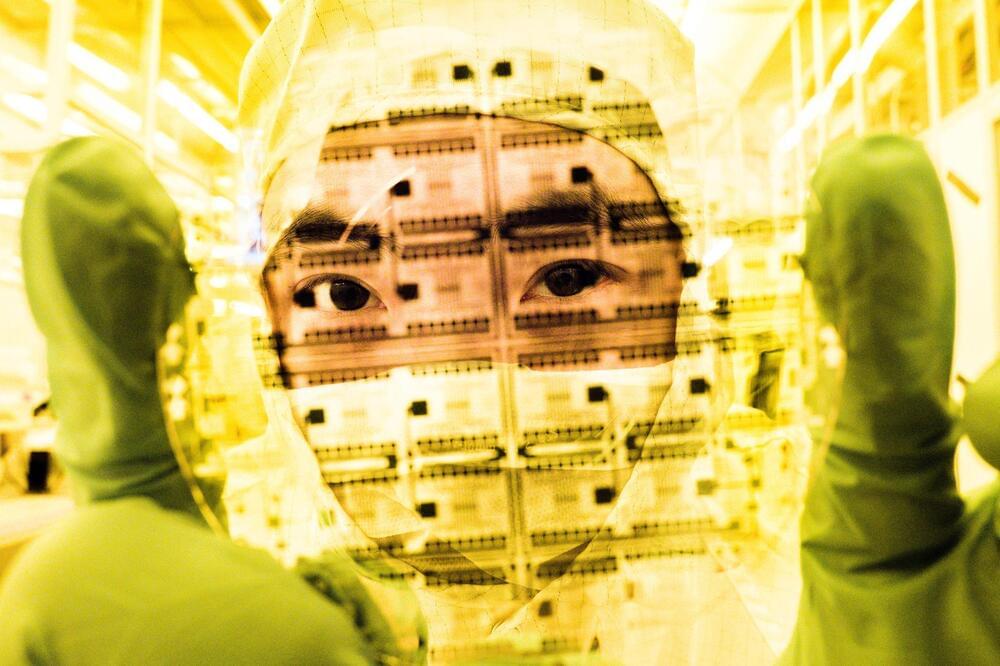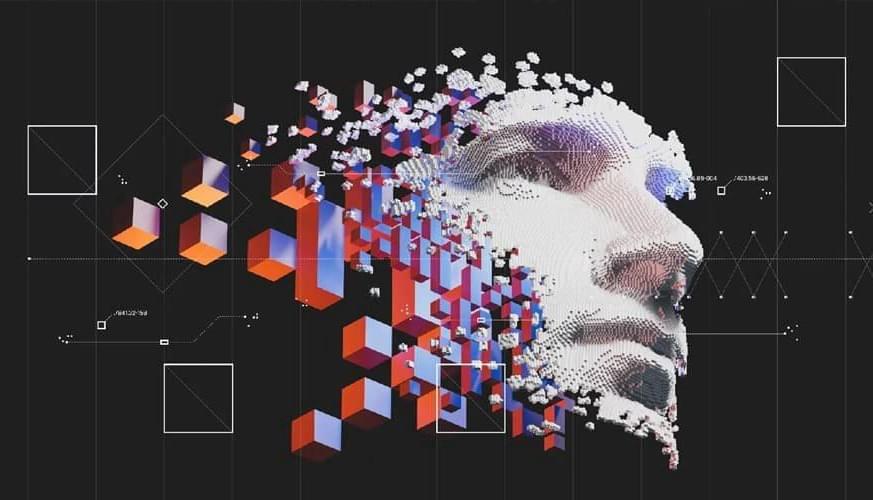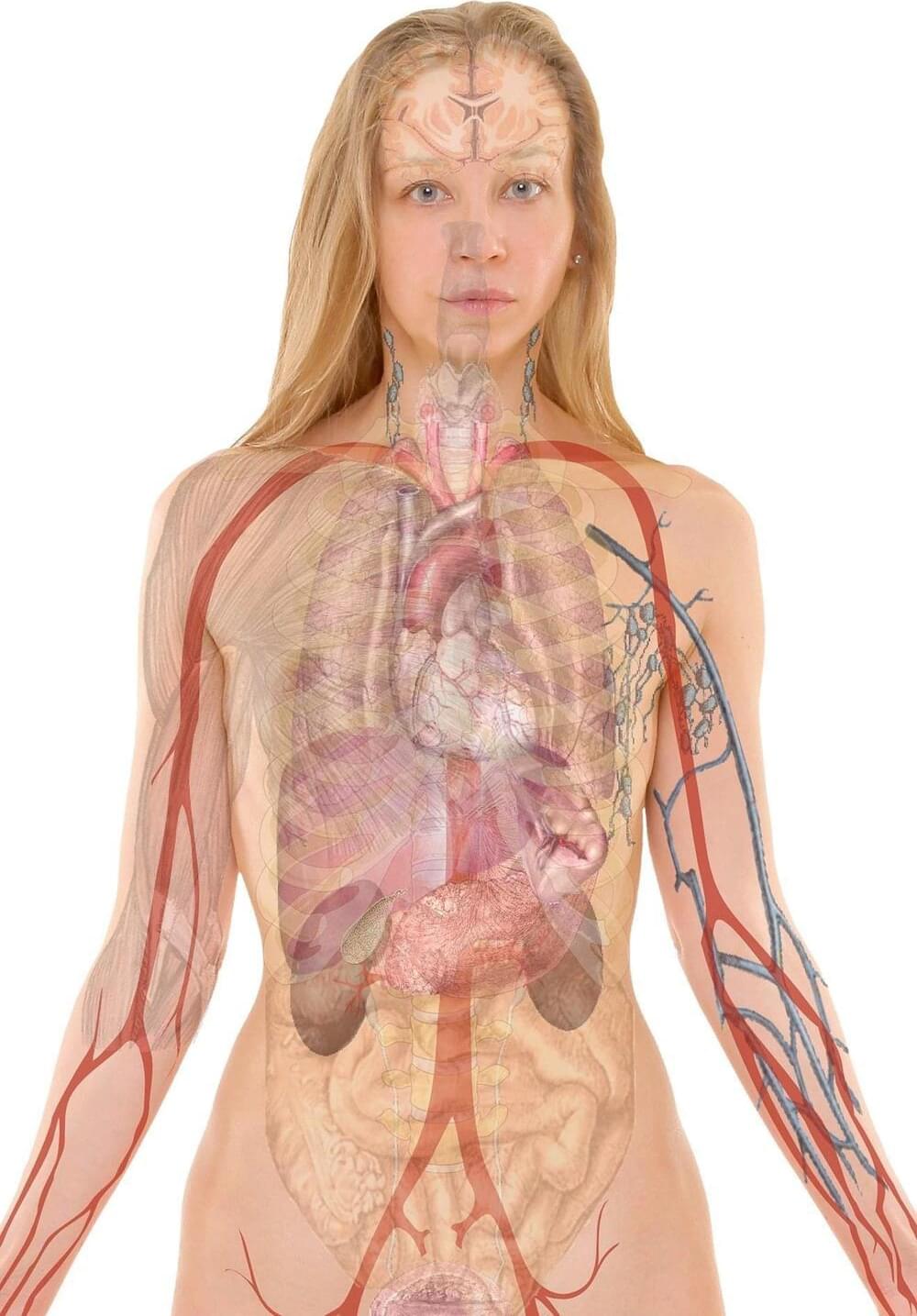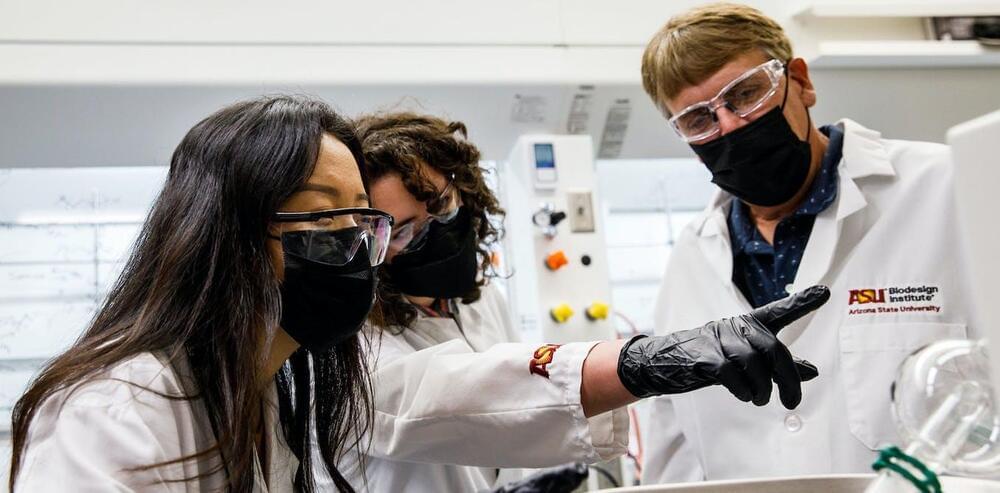Biorealistic organic electrochemical neurons enabled by ion-tunable antiambipolarity in mixed ion-electron conducting polymers.
An artificial organic neuron that closely mimics the characteristics of biological nerve cells has been created by researchers at Linköping University (LiU), Sweden. This artificial neuron can stimulate natural nerves, making it a promising technology for various medical treatments in the future.
Work to develop increasingly functional artificial nerve cells continues at the Laboratory for Organic Electronics, LOE. In 2022, a team of scientists led by associate professor Simone Fabiano demonstrated how an artificial organic neuron could be integrated into a living carnivorous plant to control the opening and closing of its maw. This synthetic nerve cell met 2 of the 20 characteristics that differentiate it from a biological nerve cell.









